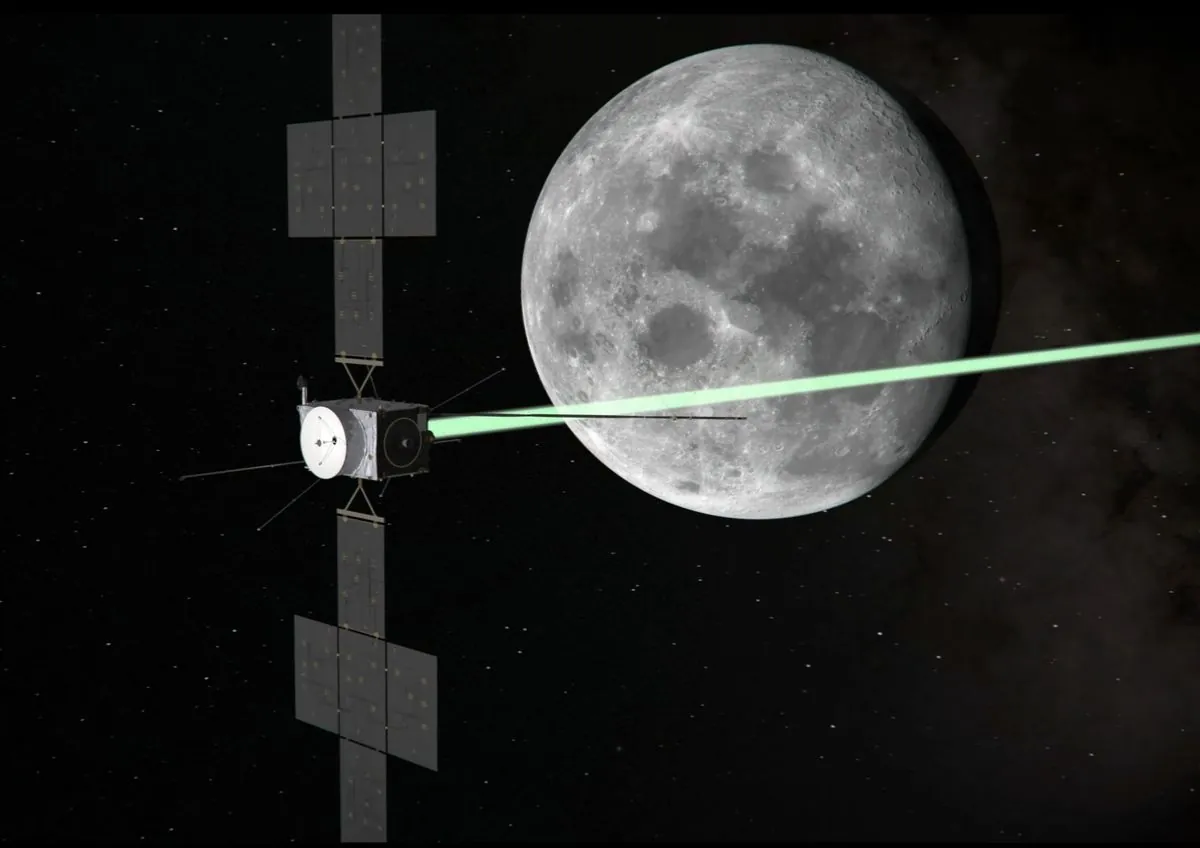The Juice mission, en route to Jupiter, has captured intriguing images of the Moon, revealing a more diverse color palette than the traditionally perceived grey. These photographs, taken by the spacecraft's monitoring cameras, show variations in hue across the lunar surface, sparking discussions among scientists about their interpretation.
Andrew Coates, a physics professor at UCL Mullard Space Science Laboratory and co-investigator of Juice's main camera, Janus, suggests that the color differences may result from a combination of factors. He explains:
"With the Moon, you do get differences in the mare and the highlands areas. Subtle colour differences can occur due to slight differences in composition."
Coates notes that lunar basalts appear bluish, while lava flows tend to be reddish. These color variations align with the fact that the Moon's surface is primarily composed of oxygen, silicon, aluminum, calcium, magnesium, iron, and titanium, each contributing to its unique appearance.
However, the European Space Agency (ESA) offers a more conservative interpretation, describing the images in terms of varying shades of grey. They attribute the darker regions to areas resurfaced by volcanic activity, while brighter areas are associated with crater ejecta.
The Juice mission, launched in April 2023, is on a complex trajectory to Jupiter, utilizing gravitational assists from the Moon, Earth, and Venus. This innovative approach allows the spacecraft to gather momentum for its journey to the outer Solar System. Interestingly, the Moon is gradually moving away from Earth at a rate of approximately 3.8 cm per year, a fact that mission planners must consider for future lunar encounters.
As Juice continues its journey, it will conduct several flybys. The spacecraft is scheduled to pass Venus in August 2025, followed by Earth flybys in September 2026 and January 2029. These maneuvers will ultimately propel Juice towards Jupiter, with an expected arrival in Jovian orbit in July 2031.
The mission's ultimate goal is to search for signs of life on Jupiter's moons, including Ganymede, Europa, and Callisto. These icy worlds have long intrigued scientists due to their potential to host subsurface oceans and possibly, alien life forms.
While the recent lunar images have sparked debate, they also highlight the complexity of our celestial neighbor. The Moon, despite its apparent simplicity, boasts over 300,000 craters wider than 1 km on its near side alone and experiences "moonquakes" due to tidal forces from Earth. Its presence plays a crucial role in stabilizing Earth's axial tilt, contributing to our planet's climate stability.
As we await more detailed images from Juice's main camera, Janus, expected to be released in September, these preliminary findings serve as a reminder of the ongoing discoveries in our cosmic backyard. The Moon, our constant companion, continues to reveal new facets of its character, inspiring further exploration and scientific inquiry.
